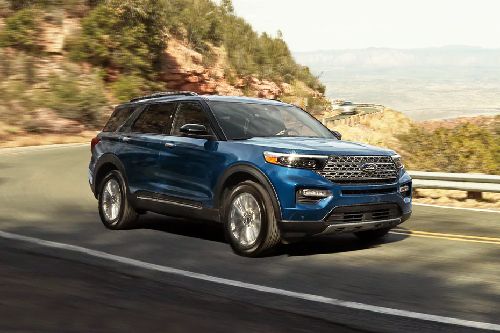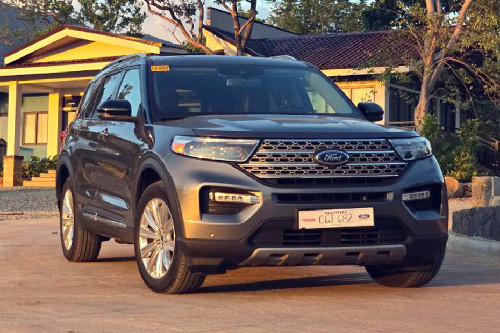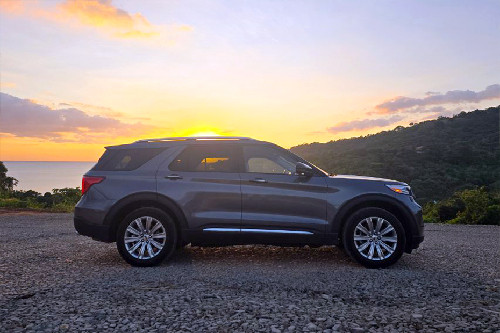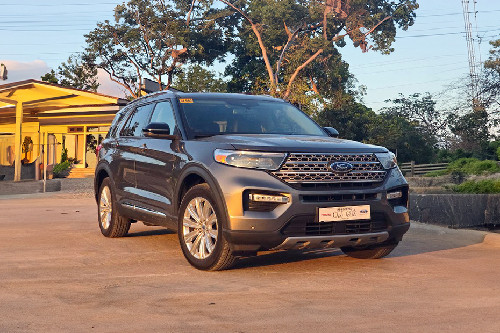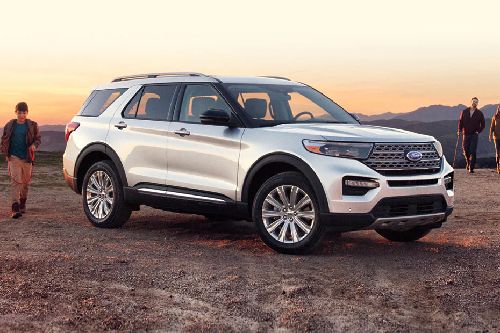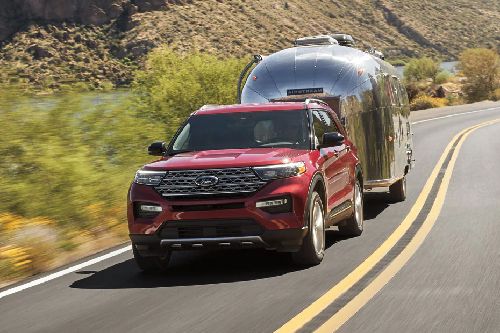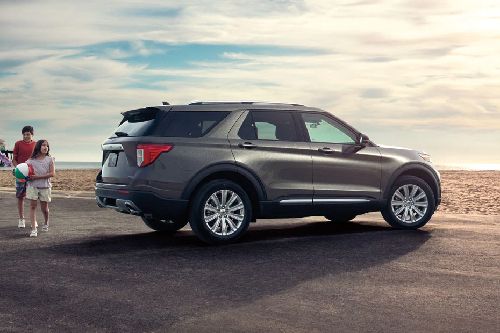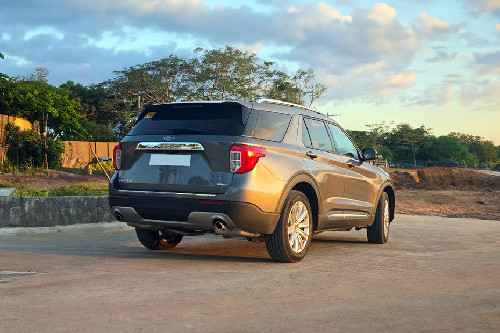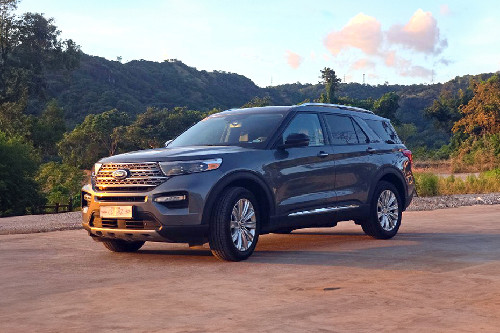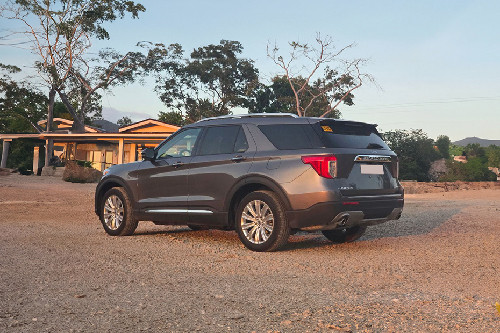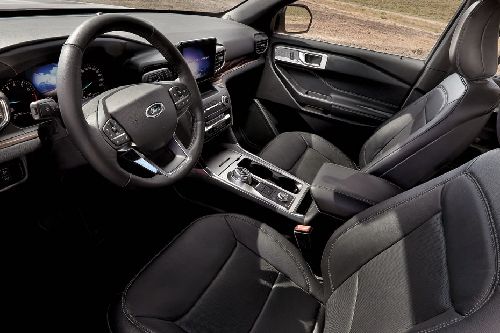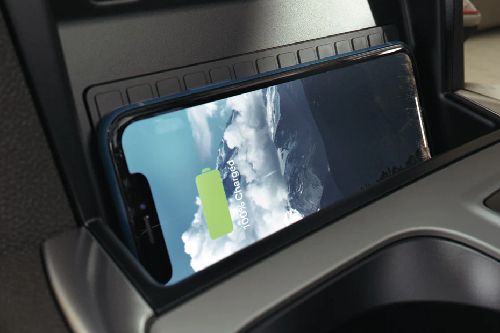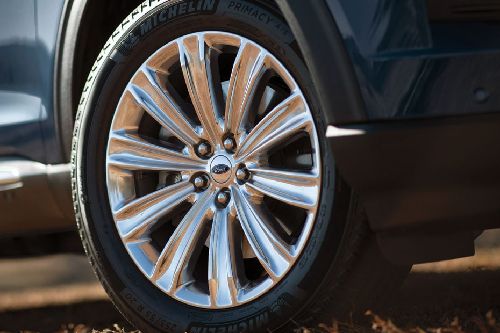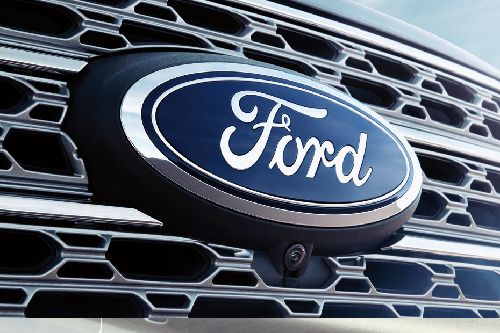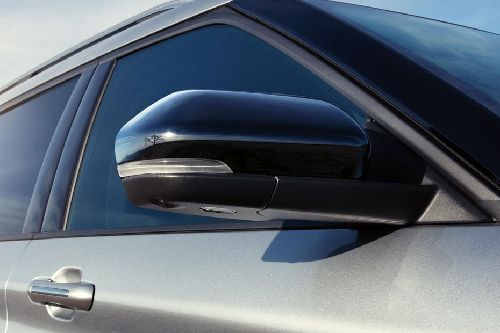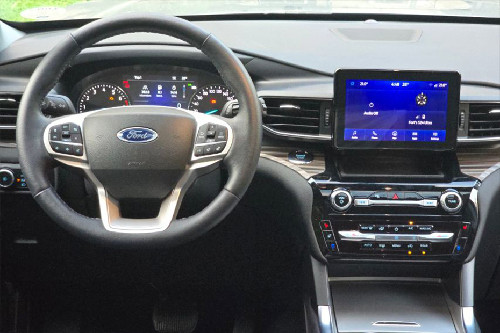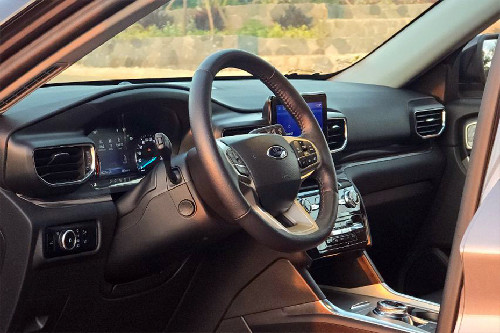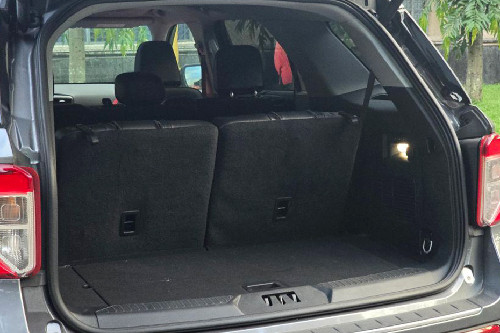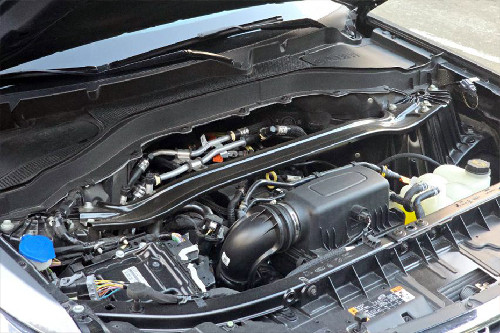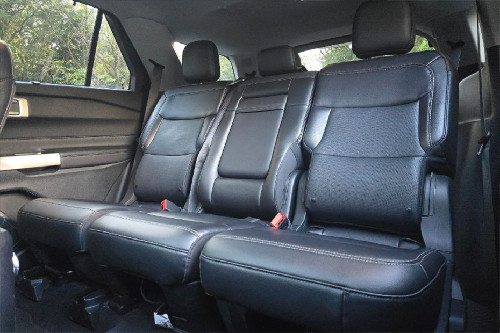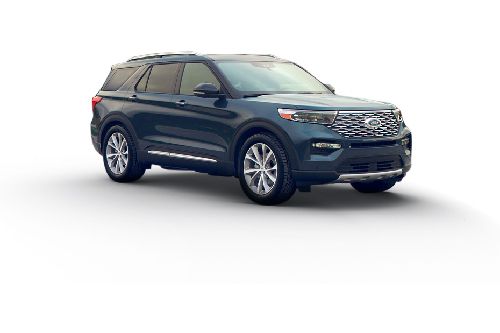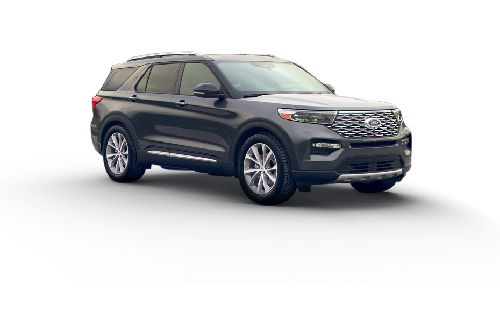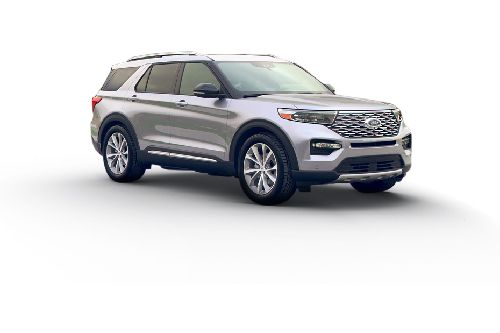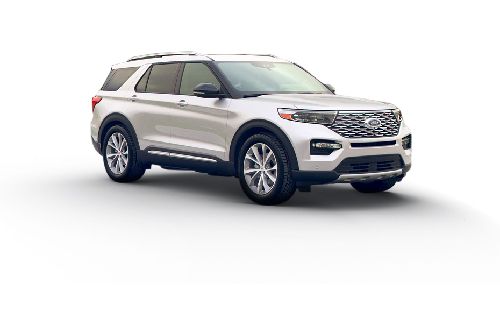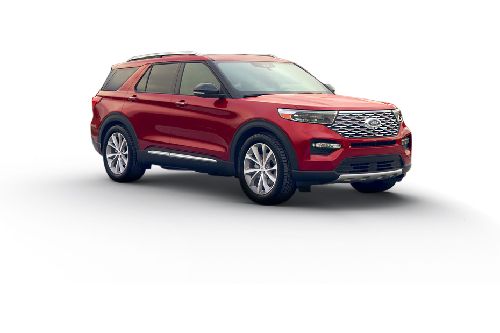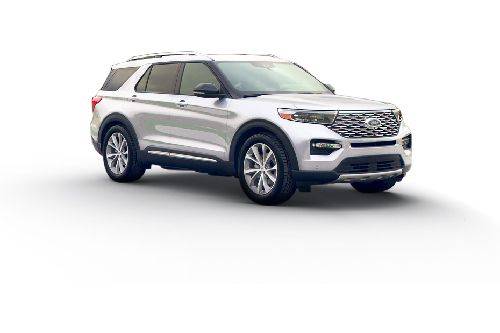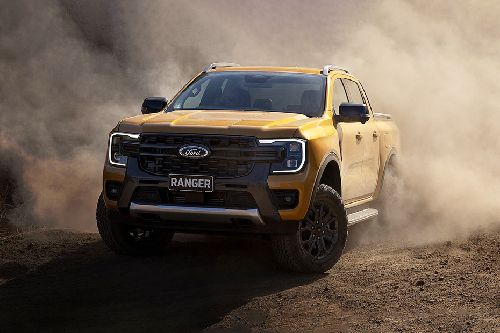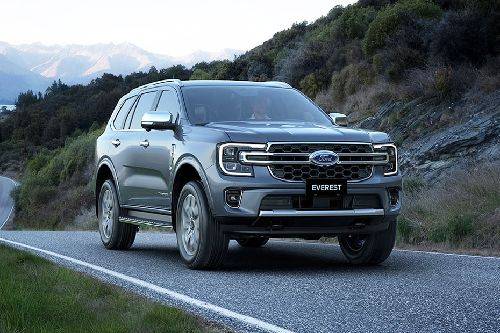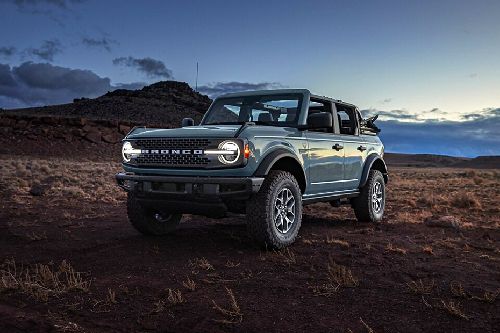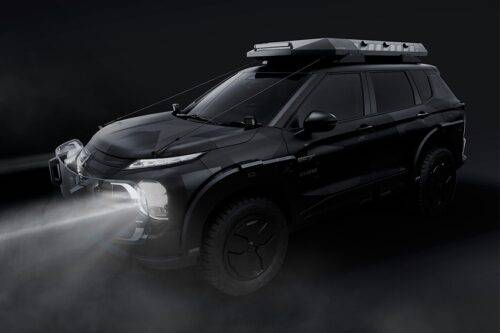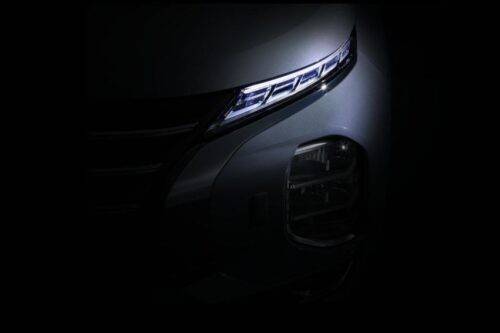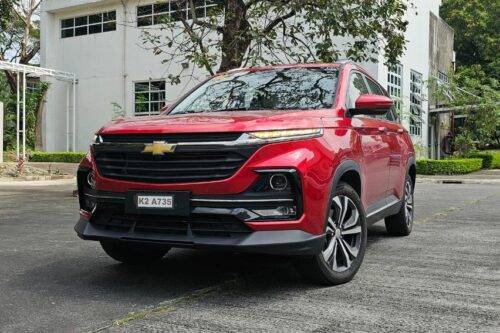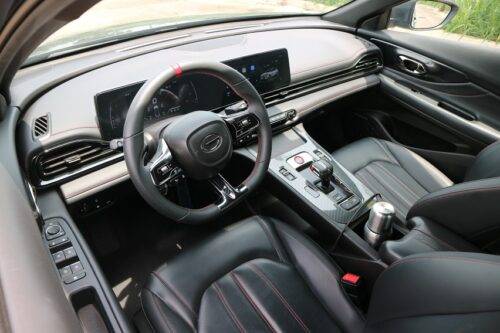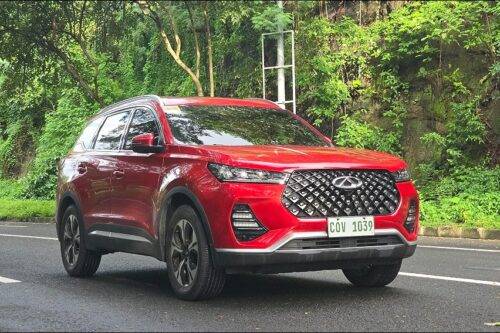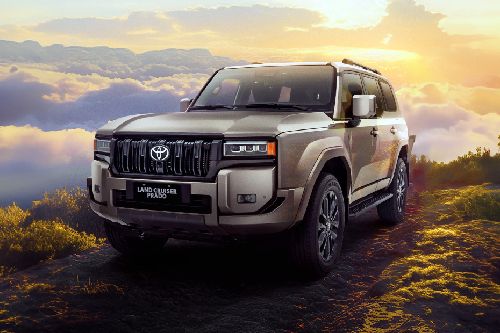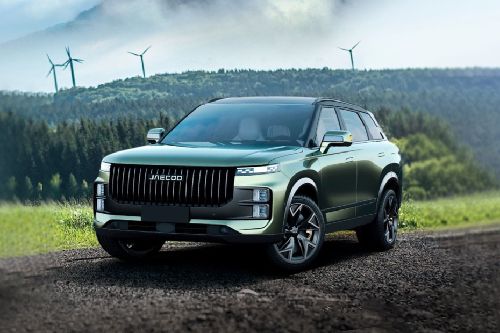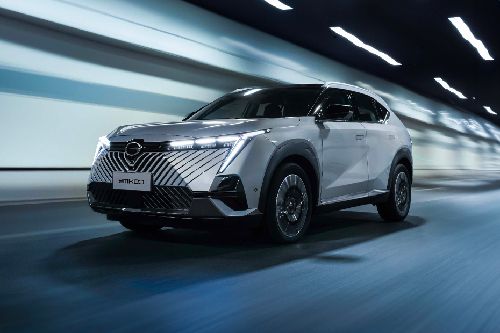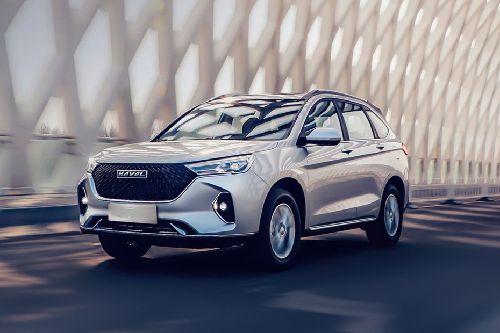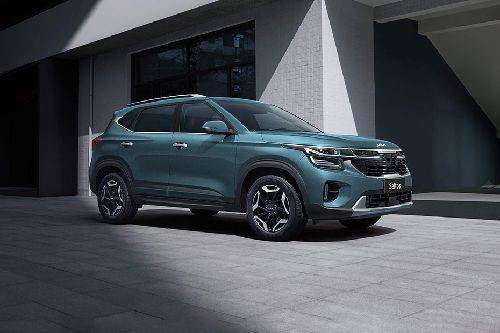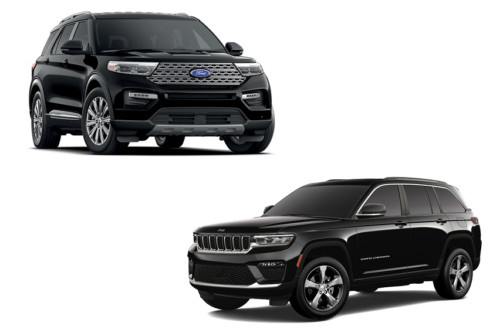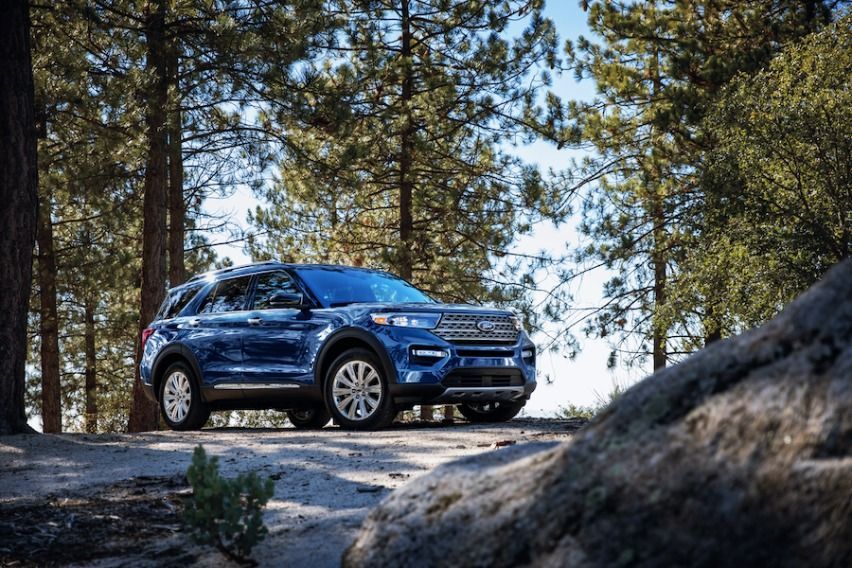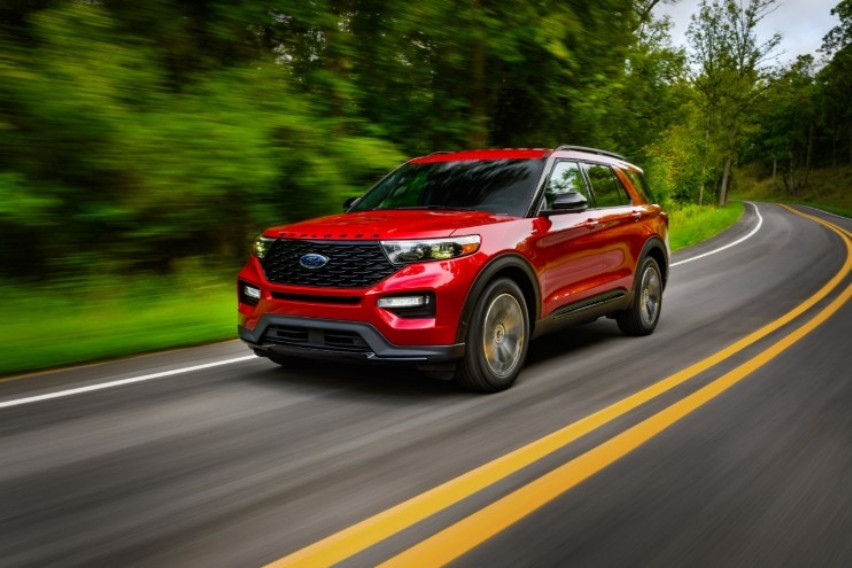Ford Explorer - Safety explained

The new Ford Explorer is here and it’s unstoppable, or so Ford says. Up until this point, it has lasted thirty years, which includes the recently facelifted model.
It was an instant hit when it launched in the U.S. during the 90s. Not only did it replace the short-lived Bronco II. It was also the first four-door SUV from the American automaker.
By the time it arrived in the Philippines, its popularity had already died down. The aging model struggled to compete against local favorites like Toyota Fortuner and Mitsubishi Montero Sport. Still, it persisted – and now we have the full details on the latest Explorer.
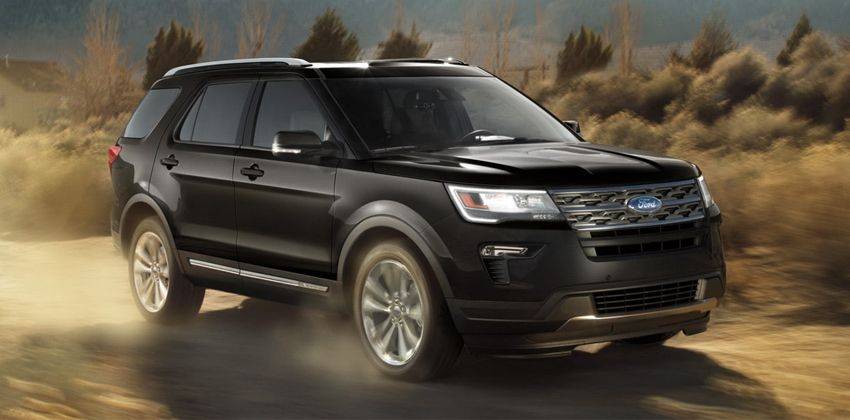
The Ford Explorer variants are Limited EcoBoost and Sport EcoBoost. Ford Explorer Limited is an entry-level option that starts at Php 2.798M. It has front-wheel drive and a 2.3-liter engine that delivers 274 hp and 408 Nm of torque. Ford Explorer SportEcoBoost is a V6-touting range-topper with sports suspension. It features an all-wheel-drive platform and a 3.5-liter engine with 350 hp and 450 Nm of torque. Naturally, it comes at a steeper price of Php 3.718M.
There are plenty of reasons to buy the Ford Explorer. But we weren’t surprised by the number of people who avoided this seven-seater. One common complaint was its subpar safety. Who could forget those deadly seat frames which caused Ford to recall it?
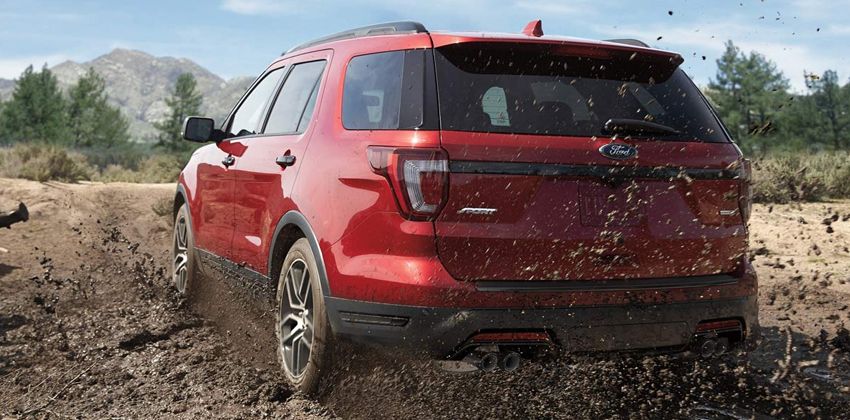
That was for an older model though. Ford brings these exciting new safety features into the latest Explorer.
Passenger safety: Seatbelts and airbags
Seatbelt reminders are built into the front seats so the driver and front passenger will never forget to wear them. First row seats have pretensioners integrated into their seatbelts, so they can stay locked even during a collision.
Second-row passengers can benefit from the inflatable seatbelts – a feature that is unique to Ford vehicles. Basically, they are like airbags that help cushion the blow.
Speaking of airbags, the Explorer has several including:
- Driver and front passenger
- Side seat front passenger
- Knee airbags
- Side curtain airbags
Side curtain airbags – called Safety Canopy by Ford – protect the neck and chest of the driver and front passenger from side impacts. Meanwhile, knee airbags can help reduce leg injuries.
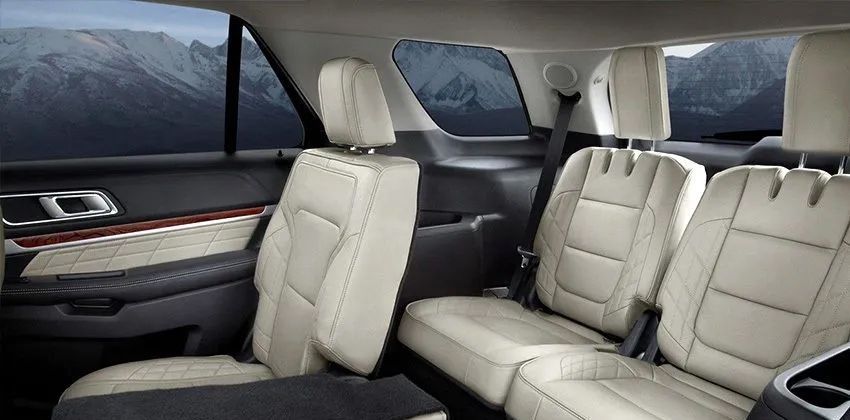
Child safety features
Families have less to worry about with the lower anchors and tethers for children, otherwise known as the LATCH System. It lets you securely install child safety seats so your kids can be safer during rides.
Advanced braking system
An anti-lock brake system or ABS should be standard for any vehicle. Thankfully, Ford Explorer has it throughout its range. It helps the driver stay in control by preventing lockups and skidding. In turn, this allows room for emergency brakes – just in case it is needed.
The advanced brake system on the Explorer is complemented by traction control. It is an active safety feature that maintains the car’s traction. This prevents it from accelerating too quickly when driving on slippery roads, so accidents can be avoided.
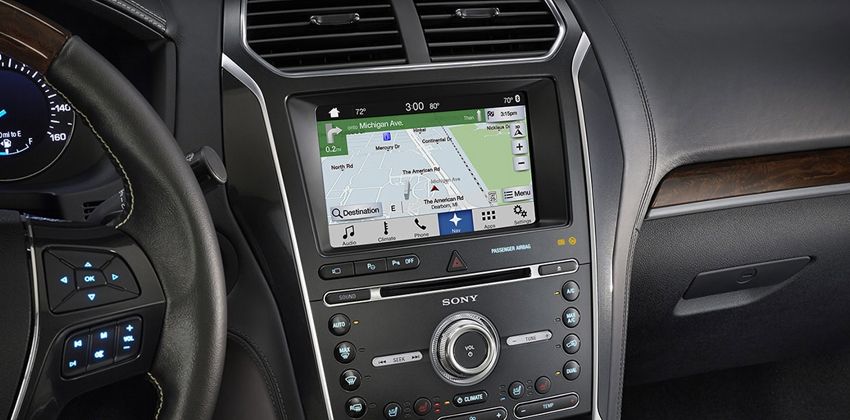
AdvanceTrac with Roll Stability Control (RSC) also works alongside the vehicle’s braking system. It is Ford’s version of the Electronic Stability Control system. Among its benefits are:
- Increased stopping power
- Better traction
- Responsive handling
- Improved stability
- Rollover protection
Cars have the tendency to roll sideways when driving across low-friction roads. RSC uses sensors to watch out for these signs. When it senses a vehicle or pedestrian, it acts accordingly by reducing the car’s power or applying brakes.
Driver-assist features
Gone are the days when the driver had to be signalled by their own passengers during parking. The Ford Explorer specs sheet comprises Front Park Assist and Reverse Sensing System to help drivers safely park their cars.
Even more remarkable is the Blind Spot Information System with Cross Traffic Alert. According to Ford, the system uses radar to constantly monitor the blind spots of the vehicle. Whenever it detects something, it alerts the driver with sounds and light indicators.
Hill Start Assist is another feature that’s been integrated into Ford Explorer. Whenever you’re on an uphill climb, the system holds the brakes until the car moves forward. This prevents the car from rolling backward.
Overall, diver assist features reduce the possibility of collision with motorists, pedestrians, and other objects like an island, a post, or a parking sign.

S.O.S. Post-Crash Alert System
One of the most notable safety features of the Ford Explorer is the built-in emergency system. Ford designed the S.O.S. to draw attention to the vehicle. In the event of an accident, it will repeatedly flash the turn signals and sound the horn. It can be a life-saver in situations when the driver and passengers are immobilized or trapped in the vehicle.
With these safety specs, Ford has redeemed its iconic mid-size SUV from its shameful recall issue. The Insurance Institute for Highway Safety (IIHS) may not have awarded the Ford Explorer with its 2019 Top Safety Pick Award. However, the car safety authority recognizes that it offers better protection this time around.
Also read: Ford Explorer: Full details
Sell your car at the best price
 Verified and genuine buyers
Verified and genuine buyers
-
Explore Ford Explorer
Ford Car Models
Don't Miss
Trending & Fresh Updates
- Latest
- Popular
You might also be interested in
- News
- Featured Stories
Ford Featured Cars
- Latest
- Upcoming
- Popular
Compare & Recommended
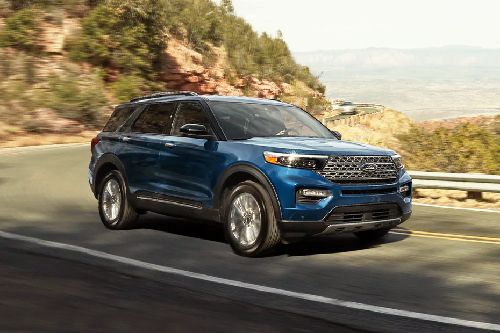
|

|
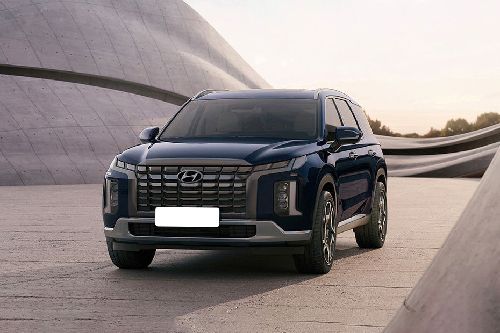
|
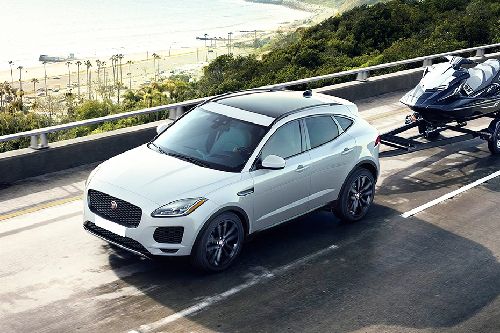
|
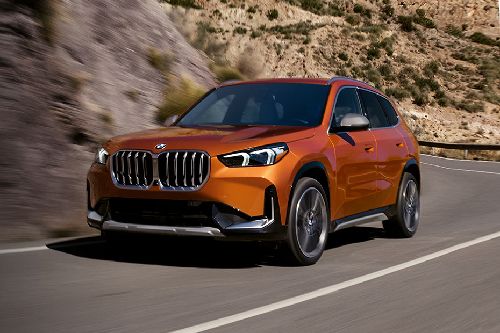
|
|
Seating
7
|
5
|
7
|
5
|
5
|
|
Fuel Type
Gasoline
|
Gasoline
|
Diesel
|
Diesel
|
Diesel
|
|
Engine
2296
|
999
|
2199
|
1999
|
1995
|
|
Power
299
|
116
|
190
|
148
|
150
|
|
Torque
420 Nm
|
200 Nm
|
440 Nm
|
380 Nm
|
350 Nm
|
|
Transmission Type
Automatic
|
Automatic
|
Automatic
|
Automatic
|
Automatic
|
|
|
Trending SUV
- Latest
- Upcoming
- Popular
Ford Explorer Car Articles From Carmudi
- journal

